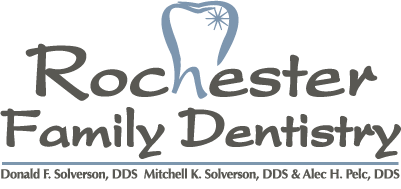Sedation dentistry refers to the use of sedation during dental treatment. Sedation is most commonly used during extensive procedures, for patients with dental phobia or for patients who find it difficult to sit still. Sedation is endorsed by the American Dental Association and is an effective way to make many patients comfortable during their dental visit.
Before using a sedative or anesthetic, it is important to tell your dentist about any medications or medical treatments you are receiving. Before administering any sedative or anesthetic, your dentist will talk to you about the process of sedation and pre-and post-sedation instructions.
Types of Sedation
Oral Conscious Sedation
Through the use of sedatives and pain relievers, oral conscious sedation produces a relaxed state of consciousness to lessen pain and discomfort. Patients who receive oral conscious sedation are still able to speak and respond to questions during treatment, and express any pain or discomfort they may be having, although they may remember very little or nothing about the procedure.
Typically for oral conscious sedation an oral medication (ex. Valium) is given 1 hour prior to the appointment time. Patients will need to be driven to and from their appointment while under this type of sedation.
Nitrous Oxide Sedation
Nitrous oxide, more commonly known as "laughing gas," is often used as a conscious sedative during a dental visit. The gas is administered with a mixture of oxygen and has a calming effect that helps phobic or anxious patients relax during their dental treatment. After treatment, the nitrous is turned off and oxygen is administered for 5-10 minutes to help flush any remaining gas. The effects wear off almost immediately allowing patients to drive themselves to and from their appointment. Nitrous oxide rarely has side effects, although some patients may experience minor nausea and constipation.
Nitrous oxide is completed daily in our office for dental procedures and even routine cleanings. It is especially helpful for children and adults with dental anxiety.
IV Sedation (Referred Out)
Intravenous ("IV") sedation is sometimes known as "sleep dentistry" or "twilight dentistry," and involves administering a dose of sedatives directly into the bloodstream via an IV. IV sedation is highly effective for patients who are fearful or anxious about their dental visits, as the sedatives will calm the patient almost immediately. It also acts as an amnesiac, causing them to not remember the dental operation afterwards, even though the patient will remain conscious and responsive during the procedure.
This type of sedation is not completed in our office but can be referred out if necessary.
General Anesthesia (Referred Out)
General anesthesia puts a patient completely to sleep during a dental procedure. The anesthesia can be administered in a variety of ways, including injection, gas inhalation or through an IV, depending on the circumstances. Aside from keeping the patient unconscious, the sedation also acts as an amnesiac, causing the patient to forget the events immediately before and after the procedure. General anesthesia is very safe under trained supervision.
This type of sedation is not completed in our office but can be referred out if necessary.
